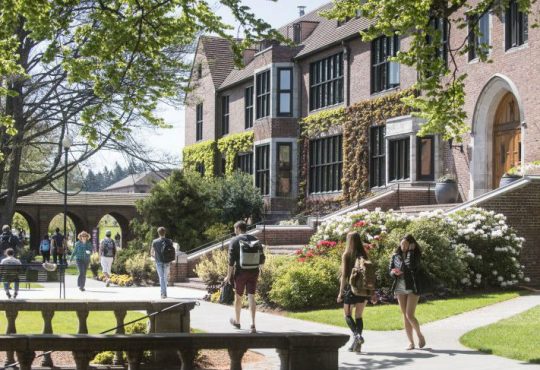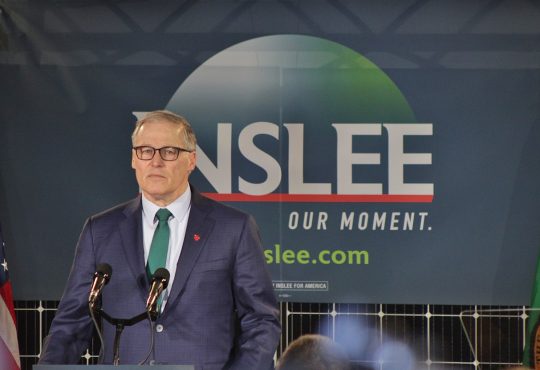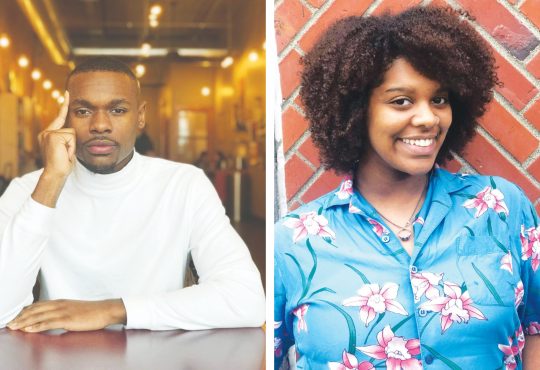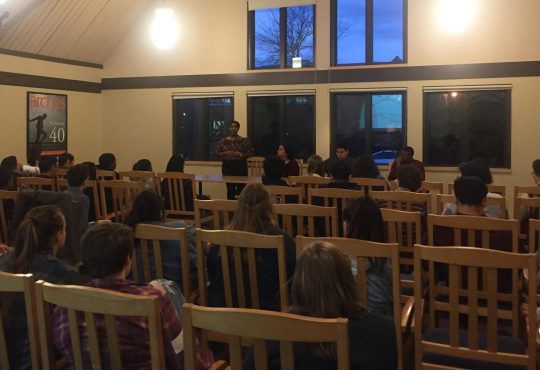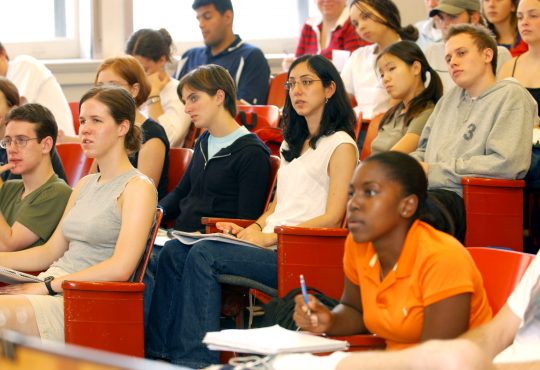A fundamental question the Presidential Search Committee must confront during their search for the University of Puget Sound’s 14th president is whether or not they should prioritize race and/or gender as a determining factor in the selection process. Various student leaders and members of the newly engendered Puget Sound Student Union have spoken out that diversity should be given particular emphasis in this selection process.
The nine student leaders who were chosen to voice their concerns about the upcoming presidency were selected primarily from identity or culturally based groups. Specifically, they, in addition to the student protestors representing Student Union— which one may have seen holding the sign “president of color”—vocalized their frustration with the University’s historical lack of diversity in the presidential position.
Seemingly, their solution to solving the presidential position’s lack of diversity is to select a president that acts as a visual manifestation of diversity. Evidently, a woman of color embodies the ideal candidate to replace the slew of white male presidents comprising Puget Sound’s presidential history.
However, the idea that in order for the University to concretely embrace and facilitate diversity it must select a female president and/or president of color is restrictive and contradictory to the solidarity movement for gender and racial equality.
This idea is limiting because selecting a president based on gender, ethnic and racial bounds achieves the exact opposite of what the equality and anti-discrimination movements so popularized by the University’s students are trying to achieve.
Granting a candidate precedence on the basis of ethnicity and gender demeans their tentative selection because inherent in this precedence is discrimination and unequal selection. No candidate should be at a disadvantage on the basis of race or gender, this applies to both sides of the spectrum.
While I cannot speak to the diversity argument as a person of white descent, as a female, I am averse to selecting or prioritizing a female candidate on the grounds of gender. If her selection is heavily influenced by her gender, this partially mitigates the validity of her selection because gender bias increased the likelihood of her being chosen.
The opposite extreme is equally true: a male should not be given preference because he is male.
The selection process should solely rest on the candidate’s competency and their ability to best advance the interests and goals of the University.
An equal playing field mandates a selection process in which candidates are not selected or prioritized on the basis of race, ethnicity, or gender in either form. Extra efforts should be exercised to secure a presidential selection process independent of bias toward specific demographics.
Instead, what should be emphasized is a president who embraces and accentuates solidarity of different ethnicity and genders regardless of their own. The students voiced the importance of selecting an innovative president with a strong background in social justice.
Hypothetically, a male candidate of white descent who embodies these characteristics should not be disadvantaged because of his gender and ethnicity any more than a female of color.
Again, selecting on the basis of competency will produce the best candidate for our university, not categorical characteristics. The University’s students cannot remain oblivious to the fact that this is a predominantly white, middle- to upper-class campus. Consequently, the movement for all-inclusive solidarity is vital.
Emma Watson’s “HeforShe” campaign encapsulates this all-inclusive solidarity movement. Rather than acting on the presumption that only women can advocate for women, her campaign capitalizes on including men in fueling the movement for social, political and economic equality between men and women.
This model should be applied universally in all spheres of social justice. Equality in solidarity will best promote the social justice model because it deconstructs the barriers of differences and ability to advocate for a cause on the basis of race, gender and ethnicity.
The University has over 30 identity, cultural and ethnicity, and social justice-oriented clubs, an annual diversity summit and numerous other resources and avenues which promote diversity.
It is cost that is largely responsible for the lack of diversity on campus. The high price of tuition disadvantages a large demographic of students. Statistically, based on data from the federal board of reserves Consumer Finance Survey, white households have approximately 33 percent higher medium income and approximately six times higher net-worth.
This obviously indicates that nonwhite households are at an economic disadvantage, and consequently, will have more financial barriers in sending their children to college.
The tuition cost acts as an adversary to nonwhite enrollment, not our white male president; the University is economically averse to diversity, not politically or socially averse.
So, a visual manifestation of diversity won’t solve the University’s diversity problem, pursuing economic avenues that are advantageous to low-income student enrollment will.

